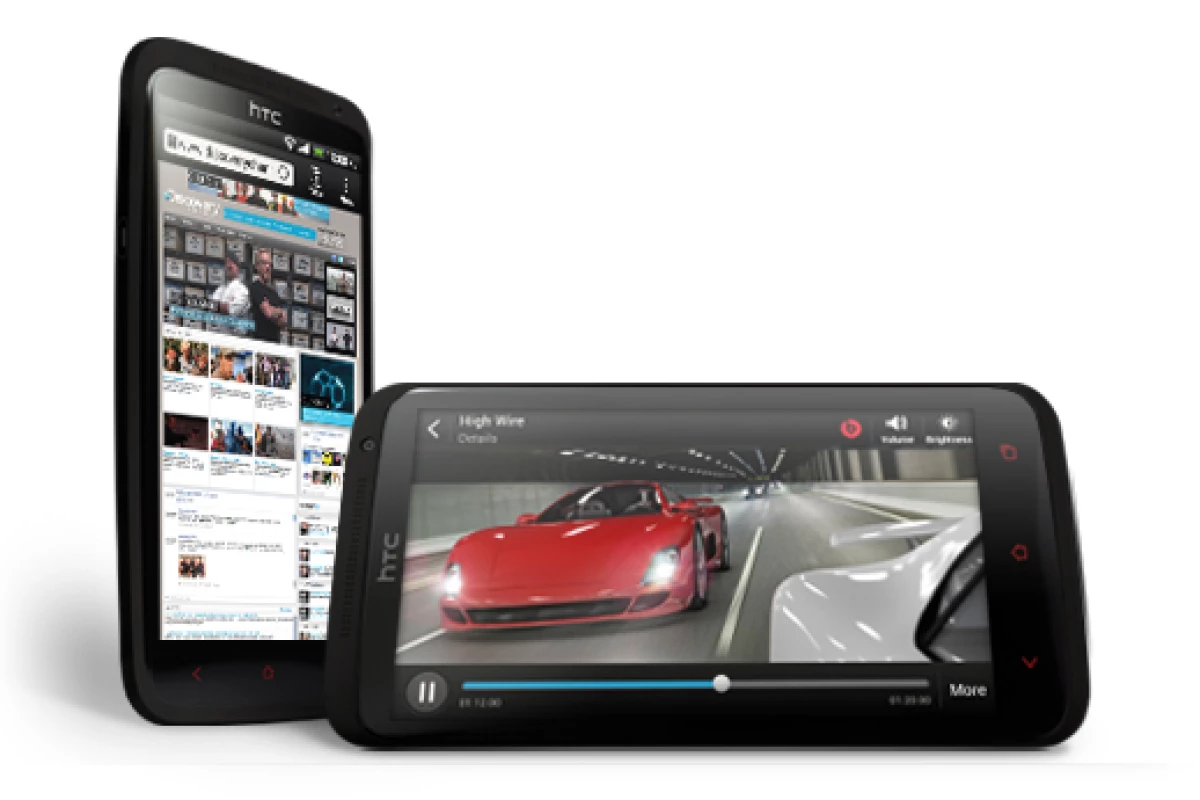HTC has announced an updated version of its flagship HTC One X smartphone. The One X+ is set to provide users with more speed, storage and an extended battery-life. The refreshed device will ship with the company's Sense 4+ UI and will run the latest Android Jelly Bean operating system, which are also coming to existing One X and One S handsets in an update.
The One X+ will feature a 1.7 GHz quad-core NVIDIA Tegra 3 chip (up from 1.5 GHz) and 64 GB of internal storage. The battery capacity has also been increased from 1800 to 2100 mAh, which will reportedly provide up to 6 hours of additional talk time. The battery upgrade is the most welcome change, with many users and reviewers bemoaning the original handset's somewhat poor performance in this area.

Despite receiving a wealth of positive reviews, the original One X experienced slow sales, an issue largely rooted in the strength of the competition. Samsung's Galaxy S3 smartphone launched shortly after the Taiwanese firm's device and featured LTE connectivity and higher battery capacity.
In addition to the unveiling of the One X+, HTC also announced the upcoming Sense 4+ and Android Jelly Bean update for One X and One S handsets. The OTA (over the air) update will go live at some point in October and will bring with it a number of improvements, including the Google Now service that includes a voice activated assistant similar to Apple's Siri.
The One X+ is set to hit Europe and North Asia this month and South Asia in November. No announcement has yet been made regarding pricing or a U.S. release.
Source: HTC









